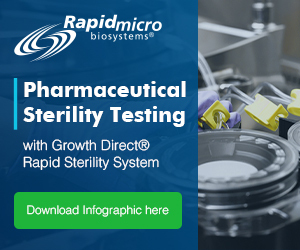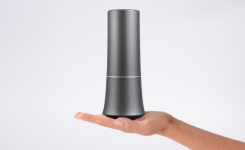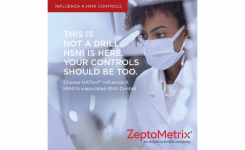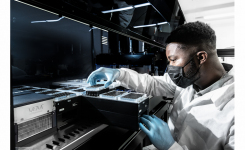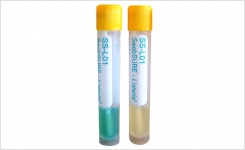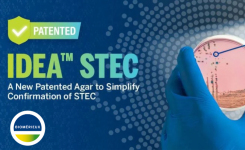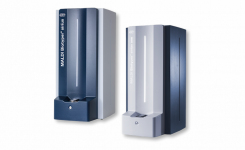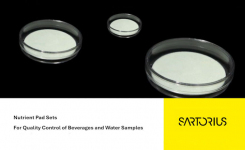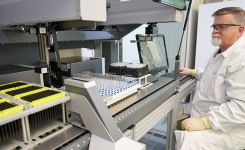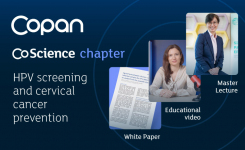| An organism of this importance clearly requires effective means of collection and transport. The samples normally tested will be blood and sputum, but swabs are often required to sample from inaccessible sites, and for monitoring of treatment. Selection of target body site is important, and will differ according to age group[3]. Swabs are also often required for transfer of samples from remote clinics, and between laboratories. Although such a common organism, it is in fact rather fastidious when being transported, and many commonly used swab transport devices are unsuitable.
A recent article has reported that a leading brand of gel transport swab device (designated as an "M40-device") was unable to keep Streptococcus pneumoniae viable for more than 6 hours at ambient temperatures[4]. The study was repeated three times, with the same outcome. A number of other studies have also shown significant loss of viability by 24 hours at room temperature, refrigeration temperature, or both[5,6,7]. There has been considerable interest in the new so-called "flock swabs" with liquid medium, but a study with these presented last year showed a significant loss in viability of Streptococcus pneumoniae after 6 hours[5].
In contrast the same study which showed the M40-designated swab unable to maintain viable Streptococcus pneumoniae for more than 6 hours showed that of the brands tested, Medical Wire's transport swab (Transwab® MW170) gave the best recovery at 24 hours and 48 hours[4]. In a separate study, a Medical Wire transport swab (Transwab® MW171) has been selected for a project requiring the international air transportation of Streptococcus pneumoniae after having been shown to keep the organism viable for at least 32 days, and with the lowest incidence of experimental contamination when compared with other devices and methods[8].
In addition to these reports, a further study presented at this year's ECCMID showed that significantly better zero-time release of Streptococcus pneumoniae than another leading brand at both refrigeration temperature and room temperature.
Streptococcus pneumoniae is indeed a fussy traveller, and for the best results choose Transwab® from Medical Wire.
References
1. WHO 2007 Acute Respiratory Infections www.who.int/vaccine_research/diseases/ari/en
2. CDC (Pneumonia) www.cdc.gov/ncidod/diseases/submenus/sub_pneumonia.htm
3. Greenberg, D. et al, 2004, Relative Importance of Nasopharyngeal versus Oropharyngeal Sampling for Isolation of Streptococcus pneumoniae and Haemophilus influenzae from Healthy and Sick Individuals Varies with Age. J. Clin. Micro. 42, 4604-09
4. Rishmawi, N. et al, 2007, Survival of Fastidious and Non- Fastidious Anaerobic Bacteria in Three Bacterial Transport Swab Systems. J. Clin. Micro. 45, 1278-83
5. Human, R. & G. Jones, 2006, A New Concept for Transporting Clinical material on Flocked Swabs in Liquid Amies Medium. Poster C107 at American Society for Microbiology 106th General Meeting, Orlando
6. Brosnikoff, C. L., et al, 2005, Evaluation of Organism Recovery after 12 months using the Roll Plate Method. Poster C294 at American Society for Microbiology 105th General Meeting, Atlanta
7. Biggs, C., 2006 Investigation Into the Effect of Temperature on the Viability of Fastidious and Non-Fastidious Bacteria in Two Commercial Amies Gel Transport Systems. Poster C109 at American Society for Microbiology 106th General Meeting, Orlando
Inverarity, D. , M. Diggle, G. Edwards, & T. Mitchell, 2006, An Evaluation of Media Suitable for the Transportation by Air of Streptococcus pneumoniae. Federation of Infection Societies Conference, Cardiff
|



